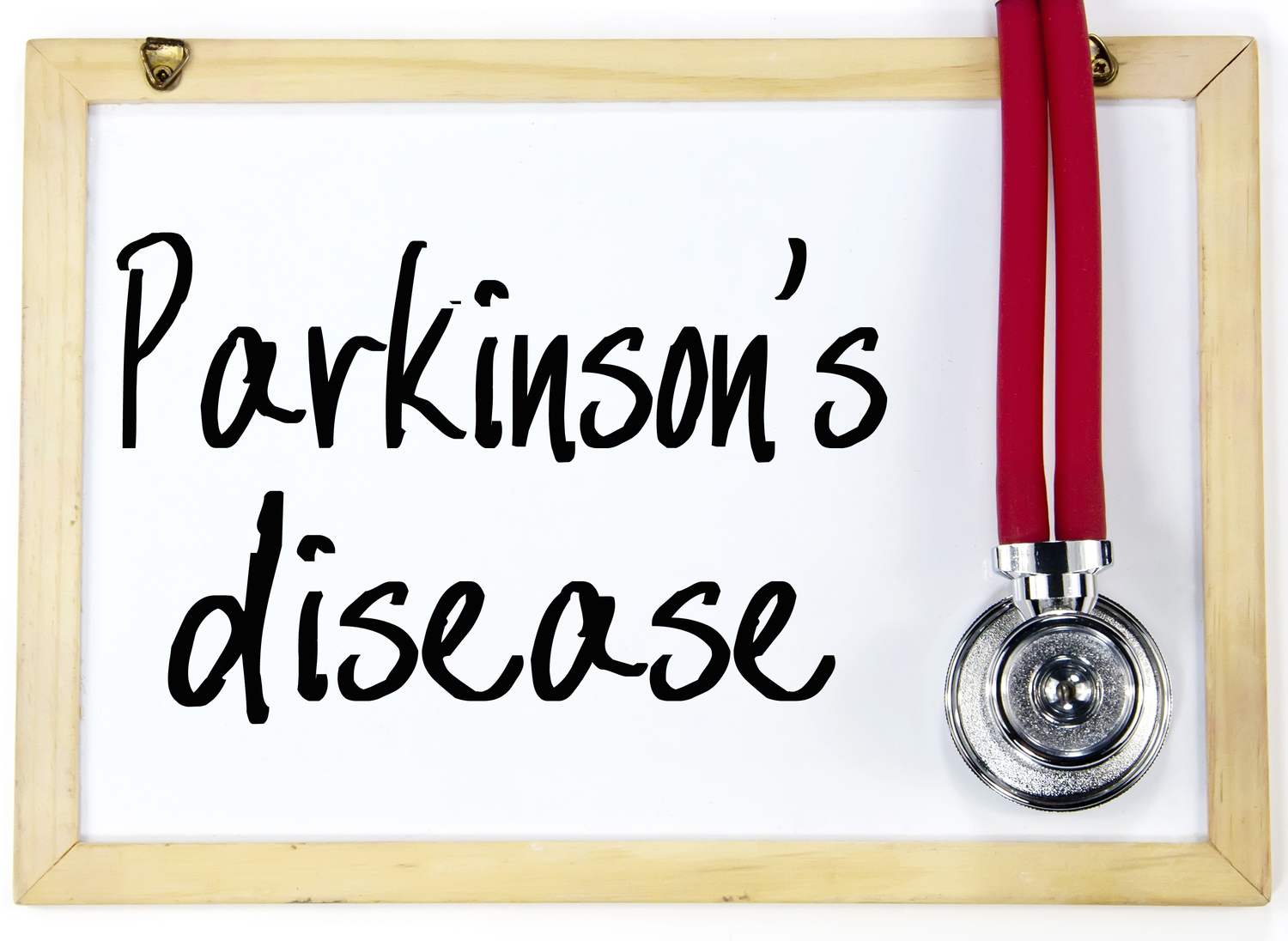
Things to know about treating tremors in Parkinson’s disease
Involuntarily shaky hands and feet are one of the most common symptoms of Parkinson’s disease. These movements are called tremors and can last for a brief period or for hours on end and even days. Almost 80% of people suffering from Parkinson’s disease experience the problem of tremors. While this symptom can be very frustrating, it is not disabling. The major areas which get affected by Parkinson’s tremors are hands, the jaw, feet, internal areas of chest and abdomen, and tongue. These tremors occur when the muscles are still and tend to stop if one moves. Sleeping is also known to lessen these tremors. Given below are a few questions on treatment options for dyskinesia and tremors.
Can the tremors associated with Parkinson’s disease stop?
In most of the cases, the tremors have been observed to level off and the situation stops getting worse after a point of time. As to when that would happen and when the tremors would stop varies from one individual to another. But in most cases, the tremors go away after a while.
What are the various treatment options for these tremors?
As tremors are unpredictable, it is hard to treat them with medication. However, in the case of Parkinson’s disease, the usual medicines which are prescribed for tremors are as follows:
- Combination medication of levodopa/carbidopa: The kind of medication falls under the class of dopamine agonists. The first treatment that is given for Parkinson’s disease constitutes these medications.
- Trihexyphenidyl or benztropine: These medications fall under the category of anticholinergic drugs. These medications are prescribed to patients of a younger age when they suffer from tremors.
- Clozapine: This medication is also used as a treatment option for the condition of schizophrenia. It requires that blood tests be taken every single week for the first 6 months of this drug’s usage for continued usage to be an option.
- Propranolol: In addition to being used for the treatment of tremors, this medicine is also used to treat migraines, heart diseases, and high blood pressure.
- Ropinirole, bromocriptine, pramipexole, rotigotine, and apomorphine in an injectable form: These medications fall under the category of dopamine agonists and can either be used instead of or added to the prescription of levodopa if and as suggested by the doctor.
Is surgery required to treat the tremors in Parkinson’s disease?
Surgery can be considered as an option when medications fail to be of any help. There is a surgical procedure known as deep-brain stimulation (DBS). In this surgery procedure, a small current with high frequency is passed through the different areas of the brain which are known to block the motor function. The success rate of this procedure has been seen to be about 90% in either getting rid of the tremors or at least reducing the tremors associated with Parkinson’s disease.
In addition to the above treatment options, managing stress, anxiety, illnesses, and fatigue can also reduce the tremors. Techniques like meditation and yoga which can help individuals relax can also reduce the tremors and also help in improving health, on a general basis.



